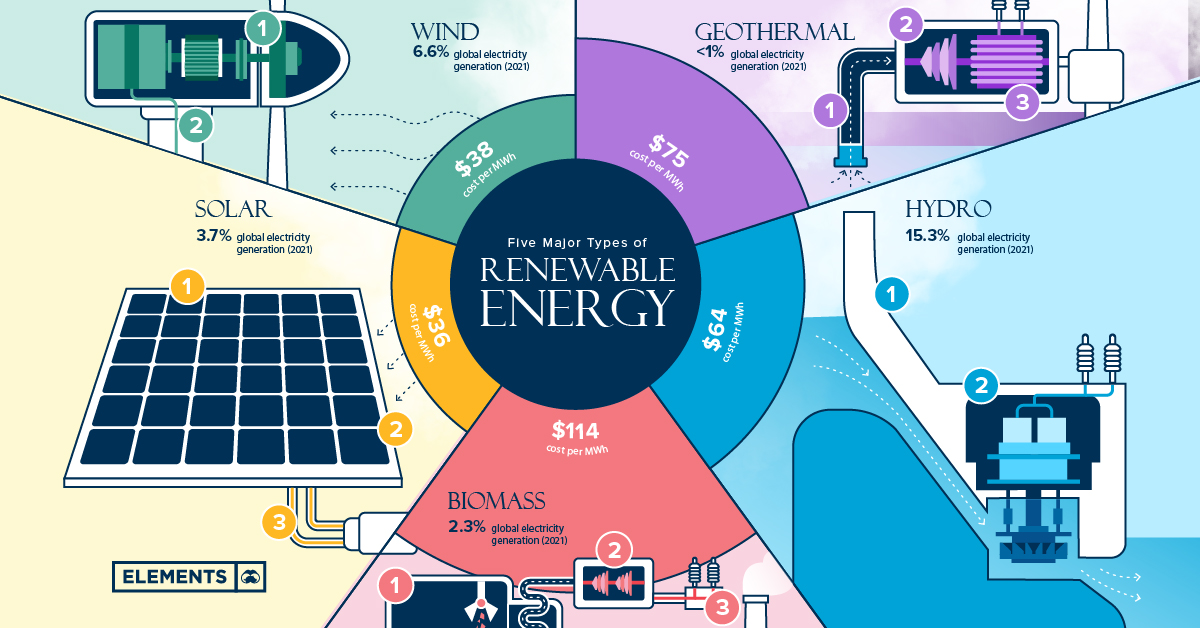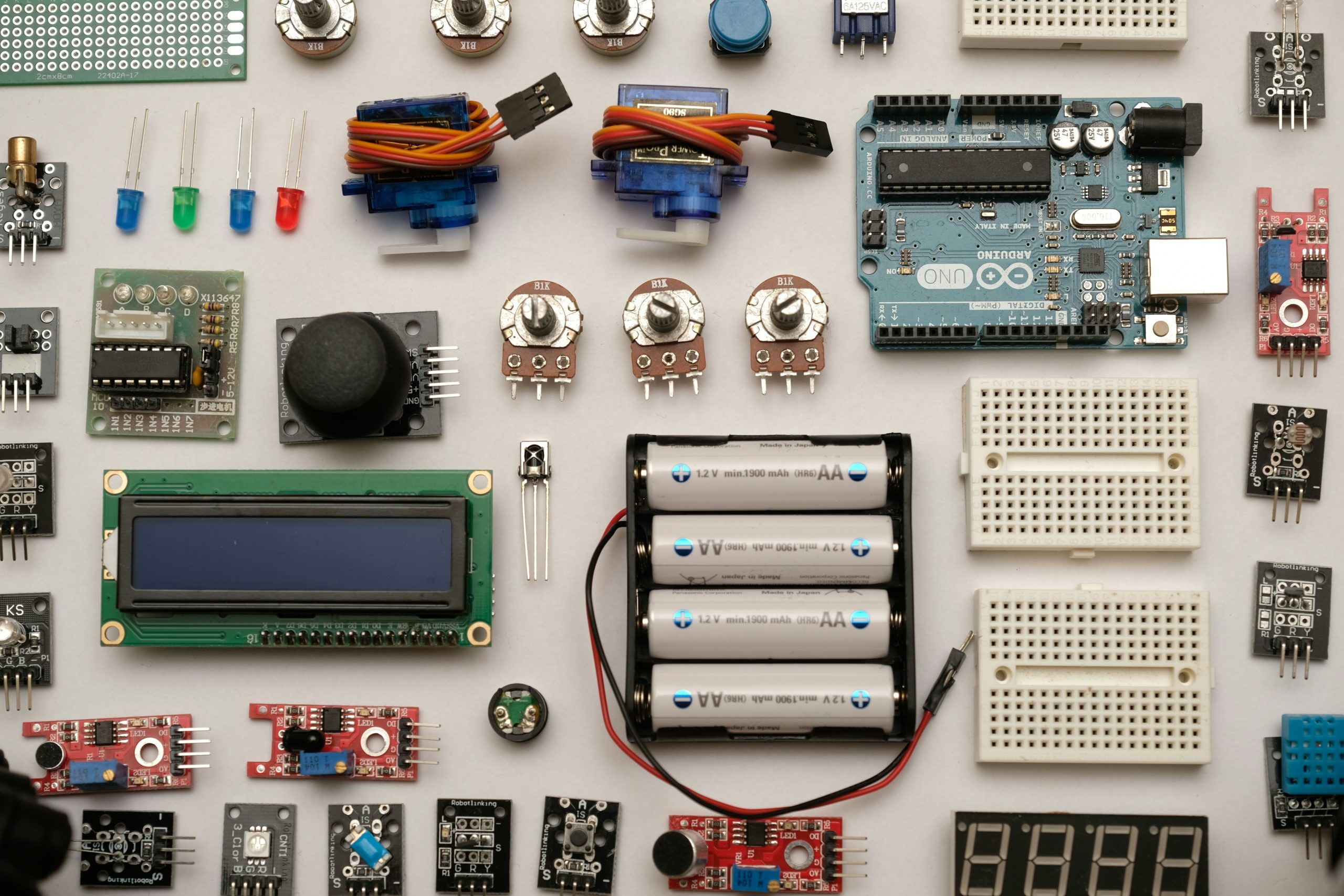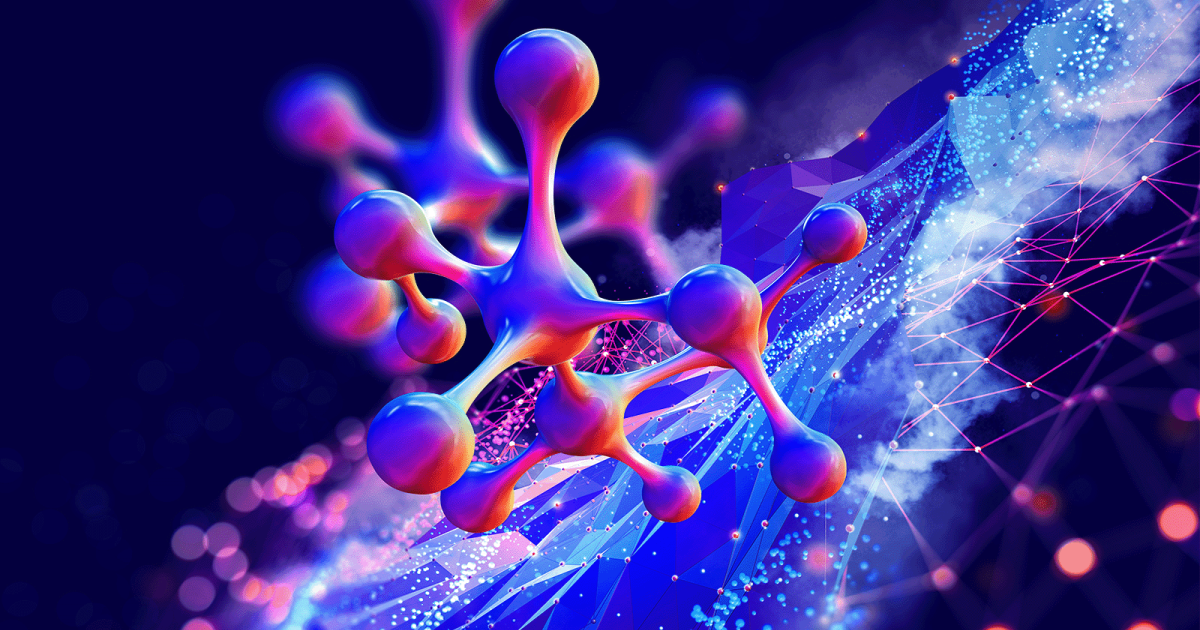“The Future of Renewable Energy: Innovations and Challenges Ahead”
Renewable energy has emerged as a beacon of hope in the fight against climate change and the quest for a sustainable future. With the relentless advancements in technology and the growing awareness about the environmental impacts of fossil fuels, the future of renewable energy is looking brighter than ever. From harnessing the power of the sun to tapping into the Earth’s heat, innovative solutions are paving the way for a cleaner and greener world. However, several challenges still lie ahead that must be addressed to fully realize the potential of renewable energy.
===Harnessing Solar Power: Brightening the Future===
Solar power, the conversion of sunlight into electricity, is one of the most promising forms of renewable energy. With the development of highly efficient photovoltaic cells and innovative solar panel designs, harnessing the power of the sun is becoming increasingly accessible and affordable. From large-scale solar farms to rooftop installations, solar energy is revolutionizing the way we generate electricity. Moreover, the integration of solar power with energy storage systems allows for continuous power supply even during cloudy days or at night. The future of solar energy holds great promise, as it has the potential to meet a significant portion of the world’s energy demands in a sustainable and eco-friendly manner.
===The Wind of Change: Revolutionizing Energy Generation===
Harnessing the power of wind has long been a traditional source of energy, but recent advancements in wind turbine technology have taken this renewable energy source to new heights. Offshore wind farms, with their immense turbine arrays, are becoming increasingly common, generating substantial amounts of electricity. Onshore wind farms, too, are expanding rapidly as countries around the world embrace the benefits of wind energy. With the ability to generate power consistently and at a large scale, wind energy is revolutionizing the landscape of energy generation. Overcoming challenges such as intermittency and wildlife concerns, wind power is set to play a significant role in the renewable energy mix of the future.
===Unlocking the Power of Hydro: Rivers of Renewable Energy===
Hydroelectric power, generated by harnessing the energy of flowing water, has been a reliable and efficient source of renewable energy for decades. Large dams and reservoirs have transformed rivers into streams of renewable energy, generating electricity on a massive scale. The potential for hydroelectricity remains vast, as many rivers worldwide have yet to be exploited. Furthermore, new technologies such as run-of-river systems and small-scale hydro turbines are making hydroelectric power accessible even in areas without large rivers or significant water resources. The future of hydroelectric power is bright, as it continues to provide a steady and reliable source of renewable energy.
===The Rise of Geothermal Energy: Tapping into Earth’s Heat===
Geothermal energy, derived from heat stored within the Earth, is another renewable energy source that holds immense potential. By tapping into natural sources of heat, such as hot springs and geothermal reservoirs, geothermal power plants can produce electricity with minimal environmental impact. The continuous availability of heat from the Earth’s core makes geothermal energy a reliable and sustainable source of power. Advancements in geothermal technology, such as enhanced geothermal systems, are expanding the geographical range where geothermal energy can be harnessed. With further research and development, geothermal energy is expected to become an increasingly significant contributor to the renewable energy landscape.
Addressing the Challenges Ahead: Paving the Way for a Sustainable Future===
While the future of renewable energy is undoubtedly promising, several challenges lie ahead that must be addressed to fully unlock its potential. The intermittency of renewable energy sources, such as solar and wind power, calls for advancements in energy storage technologies to ensure a consistent power supply. Additionally, the integration of artificial intelligence in renewable energy systems can optimize energy generation and distribution. Furthermore, policy support and investment in research and development are crucial for the widespread adoption of renewable energy solutions. By overcoming these challenges, we can pave the way for a sustainable future, where clean and renewable energy sources power our world and mitigate the impacts of climate change. With innovation and determination, the future of renewable energy is indeed a bright one.












